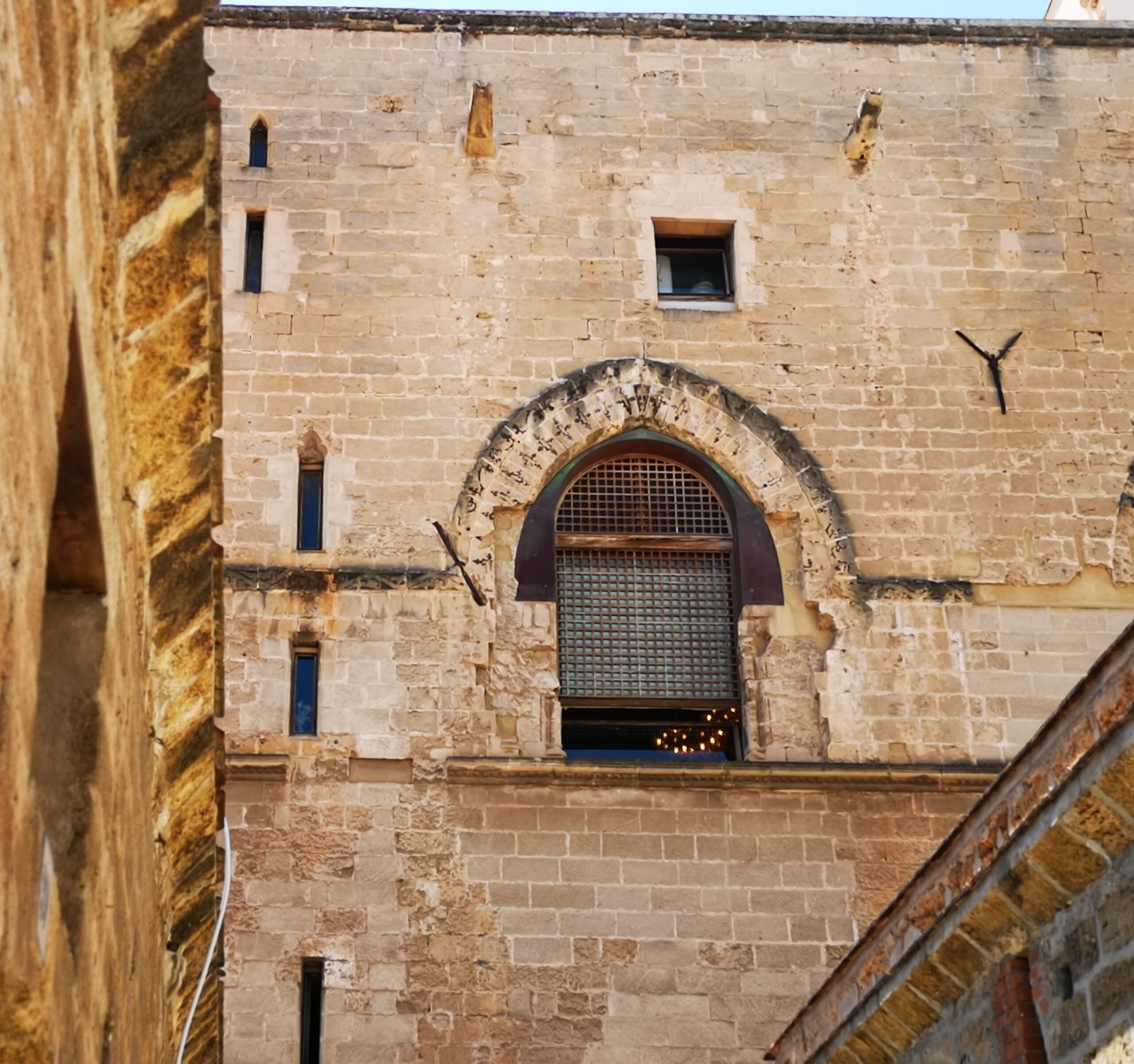12.00 – 13.00 BST, Zoom Webinar
Complexity and Coherence in Architectural Conservation
After the very substantial advances of the last century, architectural conservation is going through a period of palpable regression. Theories and principles of good practice, agreed by the international scientific community and embedded in current legislation and guidelines, are often ignored. This is largely due to a lack of adequate education in conservation, which has devastating effects in buildings and sites, and thereafter in the culture, education, economy and well-being of current and future generations.
As history clearly shows, in architectural conservation, practice precedes theory. But only when the practice is reflective, based on a thorough knowledge of architecture, its history and the culture of conservation, and with a critical approach. This type of practice requires specific interests, ethics, methodological approach, skills, knowledge, experience and collaborative approach in order to deal with the complexities involved. It includes understanding buildings and their contexts, so that well-informed decisions are taken to achieve a coherent result.
Architectural Conservation should be integrated within the overall architectural practice, as its ultimate scope should be to achieve a good architectural result. This is in many occasions compromised by a partial focus on the repair of materials or the energy improvements, with a detrimental effect, for example in the architectural composition and environmental performance of buildings and sites. There is also very little theoretical discussion during architectural conservation projects: most of the time narratives focus on technical resolutions. Crucially, architectural conservation professionals do not engage enough with the wider architectural production and criticism. It is, for example very little-known the influence that the practice and theory of architectural conservation had in important developments in architecture, such as Carlo Scarpa’s architectural production and Robert Venturi’s seminal book Complexity and Contradiction in Architecture (MoMA, 1966).
The lecture will use the ICOMOS CIF 2023 Decalogue for Education in Architectural Conservation as a framework to discuss these issues. The work of Giacomo Boni, Carlo Scarpa, Cesari Brandi and other practitioners and theorist will help to illustrate the discussion, which will extend to the legislative implications and a proposed way forward.
Cristina Gonzalez-Longo
Cristina Gonzalez-Longo (RIBA SCA RIAS FRSA FHEA) is a Chartered Architect in UK and Spain, a RIBA Specialist Conservation Architect (SCA) and the founder and Director of the MSc in Architectural Design for the Conservation of Built Heritage at the Department of Architecture of the University of Strathclyde, where she has also created and is leading the Architectural Design and Conservation Research Unit (ADCRU). She is adviser and member of various national and international organisations and committees and the President of the ICOMOS (International Council on Monuments and Sites) International Scientific Committee on Education and Training (CIF).
After graduating at the School of Architecture of the Technical University of Madrid (ETSAM), Cristina spent three years in Rome with a scholarship from the Italian Government to study architectural conservation at the prestigious Specialisation School of the Sapienza University of Rome, directed at the time by Professor Gaetano Miarelli Mariani and later by Professor Giovanni Carbonara, who directed her specialisation thesis. She has had since a central role in taking policy, design and technical decisions concerning historic buildings of outstanding national and international importance and wide experience in leading the design, management and procurement of award-winning architectural projects (both conservation and new-build). Her first project as independent architect was the conservation of the twelve-century church of San Esteban de Sograndio in Oviedo (Spain), a project she won by competition and for which she was selected for an award in the incorporation of architects. She was the project architect and resident architect of Queensberry House, a Category A Listed building, part of the new Scottish Parliament complex in Edinburgh, UK (RIBA Stirling Prize 2005). She also designed Bowbridge Primary School in Newark, UK (RICS Sustainability Award 2009), with an innovative lamella glulam structure.
Cristina has extensively published, including her PhD thesis – directed at ETSAM by Professor Anton Capitel-, as monograph: The Temple of Venus and Rome and Santa Francesca Romana at the Roman Forum: Preservation and Transformation (Routledge 2021; paperback version 2023). She has also recently written the ICOMOS CIF Decalogue for Education in Architectural Conservation.


